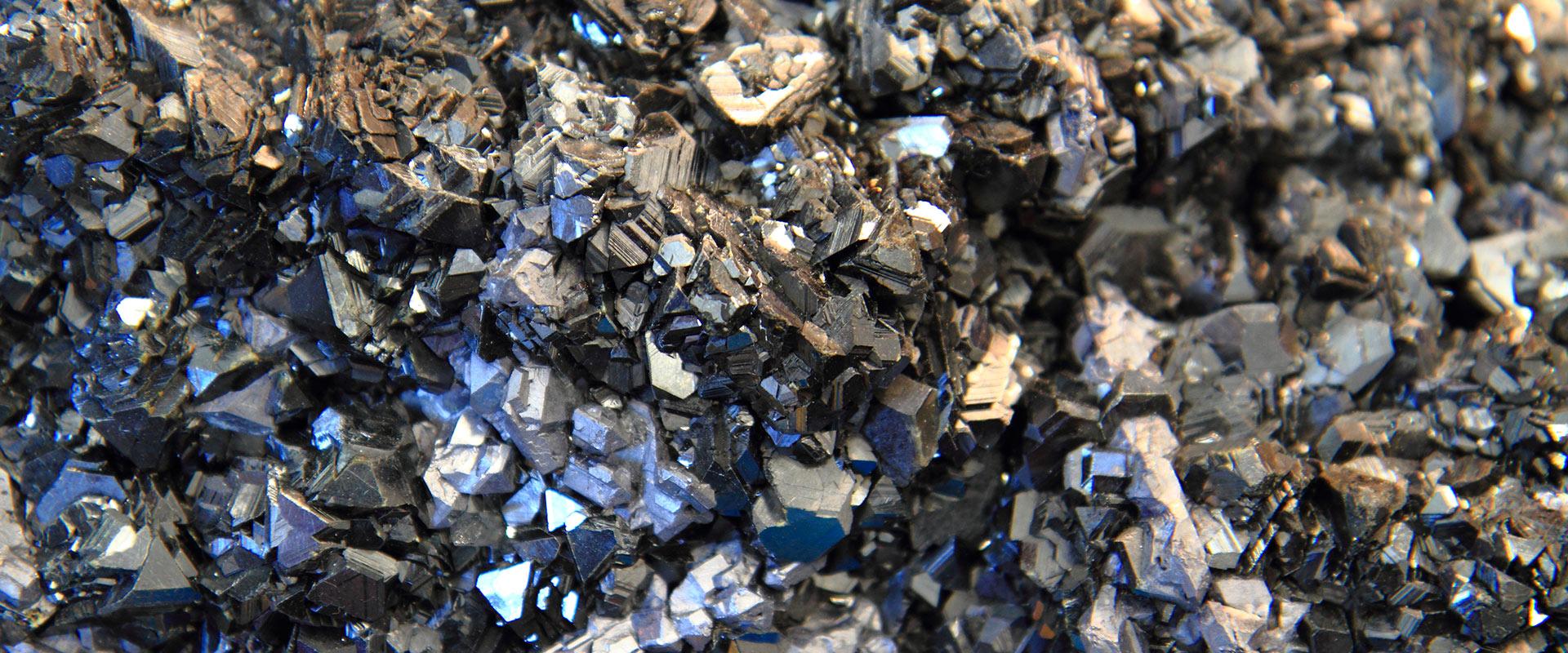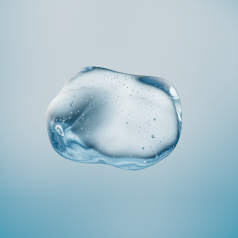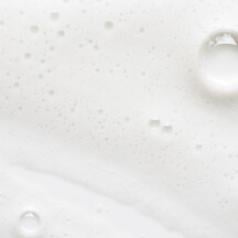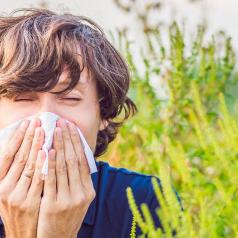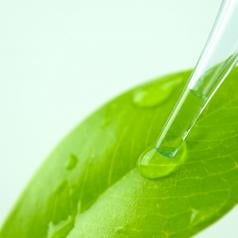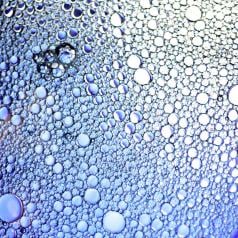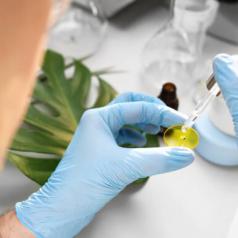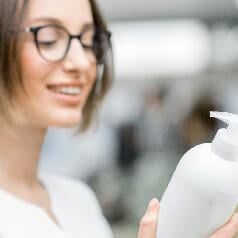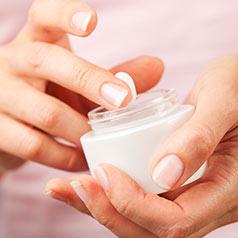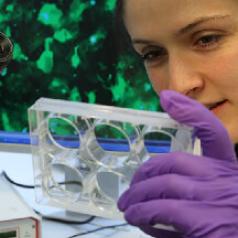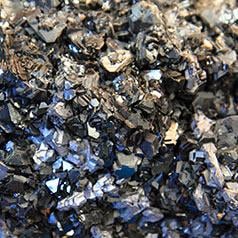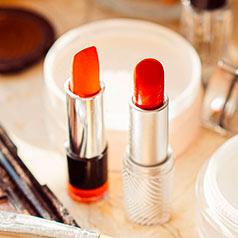Do cosmetic products contain heavy metals? If so, are they dangerous to your health?
Heavy metals: definition
Heavy metals are naturally occurring metallic or metalloid elements, including arsenic [As], cadmium [Cd], chromium [Cr], lead [Pb], mercury [Hg], antimony [Sb], cobalt [Co] and nickel [Ni].
They occur naturally in the soil and in the earth’s crust and in trace amounts in the environment.
Good industrial practice does not prevent the residual presence of minute and unavoidable traces of metal in drinking water, food and consumer products, including cosmetics.
They may therefore be present in ingredients of natural mineral origin such as pigments used as colorants or mineral fillers such as clays.
Regular quality control allows us to monitor traces of heavy metals in our products and to guarantee that they do not represent, in this state of trace, any risk to the health of the consumer.
Regulations on heavy metals vary from country to country. Our regulatory requirements exceed most local regulations in many countries.
The European Cosmetics Regulation (Articles 3 and 17) also allows the unintentional presence of a small quantity of such a substance when this presence is technically unavoidable in compliance with good manufacturing practice and, of course, when it is evaluated without risk to the health of the consumer. 
Specific case of lead
Lead is a heavy metal banned for use as an ingredient in all cosmetic regulations worldwide. The threshold authorising its presence at unavoidable trace levels may vary according to country regulations. In accordance with regulations, we do not use any ingredients intentionally containing lead or lead derivatives in our cosmetic products.
However, minute traces of lead are found in our daily environment. It can therefore also be found in cosmetic products. Pigments and colouring agents of mineral origin, used for example in lipsticks, may naturally contain minute traces of lead. We systematically check that these technically unavoidable traces do not pose a risk to human health.
For example, the minute traces of lead in a lipstick represent an exposure for a person one thousand times lower than the daily individual consumption of drinking water in the United States that meets EPA (Environmental Protection Agency) criteria.
In 2012, the US Food and Drug Administration (FDA) published a study in the Journal of Cosmetic Science confirming that lipsticks do not pose a health risk to the millions of people who use them every day. All levels of lead detected by the FDA in its study are below the levels recommended for cosmetic products by international health authorities.
All the products we manufacture, distribute and market comply with FDA regulations, the European Cosmetic Regulation and the consumer safety requirements of the authorities of the countries in which we operate.
As is the case with all our products, lipsticks are systematically subjected to a strict evaluation of their quality and safety. This is a fundamental principle that we apply throughout the world.

